New York: The U.S. just made headlines again — not for a political scandal or a celebrity meltdown, but for its decision to withdraw (again) from UNESCO, the United Nations agency responsible for protecting the world’s most significant cultural and natural heritage. The announcement came straight from the White House, stating that UNESCO promotes “woke, divisive causes” that don’t align with America’s current priorities. The move will take effect on December 31, 2026, marking yet another exit in a long, rocky history with the organization.
But here’s what most Americans don’t realise: UNESCO isn’t just about politics or Paris headquarters. It’s about the Grand Canyon. It’s about the ancient earthworks in Ohio and sacred Native sites in New Mexico. It’s about globally recognized landmarks that exist right here in our backyard — and most of us have never even heard of them. As Gen Z increasingly leans into meaning-driven travel, sustainability, and spiritual connection, UNESCO’s stamp on U.S. soil is more relevant than ever.
In this article, we’re not rehashing policy drama. We’re diving deep into 11 UNESCO World Heritage Sites in the U.S. that deserve your attention — from submerged volcanoes in Hawaii to architectural marvels in Pennsylvania. You’ll see how these places tell our story, why the world protects them, and what could be at stake as the U.S. steps away once again.
Also Read: 15 Best Places to Visit in Florida—From Family Trips to Beach Escapes
What Is UNESCO and Why the U.S. Keeps Leaving It
UNESCO (United Nations Educational, Scientific and Cultural Organization) exists to preserve the world’s most meaningful natural and cultural sites — think ancient cities, sacred landscapes, and ecological wonders. The U.S. helped found it in 1945, withdrew in 1984, rejoined in 2003, pulled out again in 2017, and rejoined in 2023. Now, in 2025, another exit looms.
So why the back-and-forth?
This time, the White House cited concerns about UNESCO’s DEI programs and focus on global development goals. Trump’s statement claimed the group “supports woke, divisive cultural and social causes.” UNESCO Director-General Audrey Azoulay responded: “The reasons put forward are the same as seven years ago, even though the situation has changed profoundly.”
Whether or not you buy the politics, one thing is clear: UNESCO helps protect 26 of America’s most iconic places. Leaving doesn’t delist them — but it weakens our leadership in global preservation.
How Many UNESCO Sites Are in the U.S.?
As of 2025, the U.S. has 26 UNESCO World Heritage Sites:
- 12 Natural Sites
- 11 Cultural Sites
- 3 Mixed
They range from the universally famous (Statue of Liberty, Yellowstone) to the deeply sacred and rarely visited (Hopewell Ceremonial Earthworks, Papahānaumokuākea).
11 U.S. UNESCO Sites You Probably Didn’t Know Existed
1. Chaco Culture, New Mexico
Massive stone buildings, intricate celestial alignments — this ancestral Puebloan site was a spiritual and economic hub a thousand years ago. You’ll feel it in your chest.
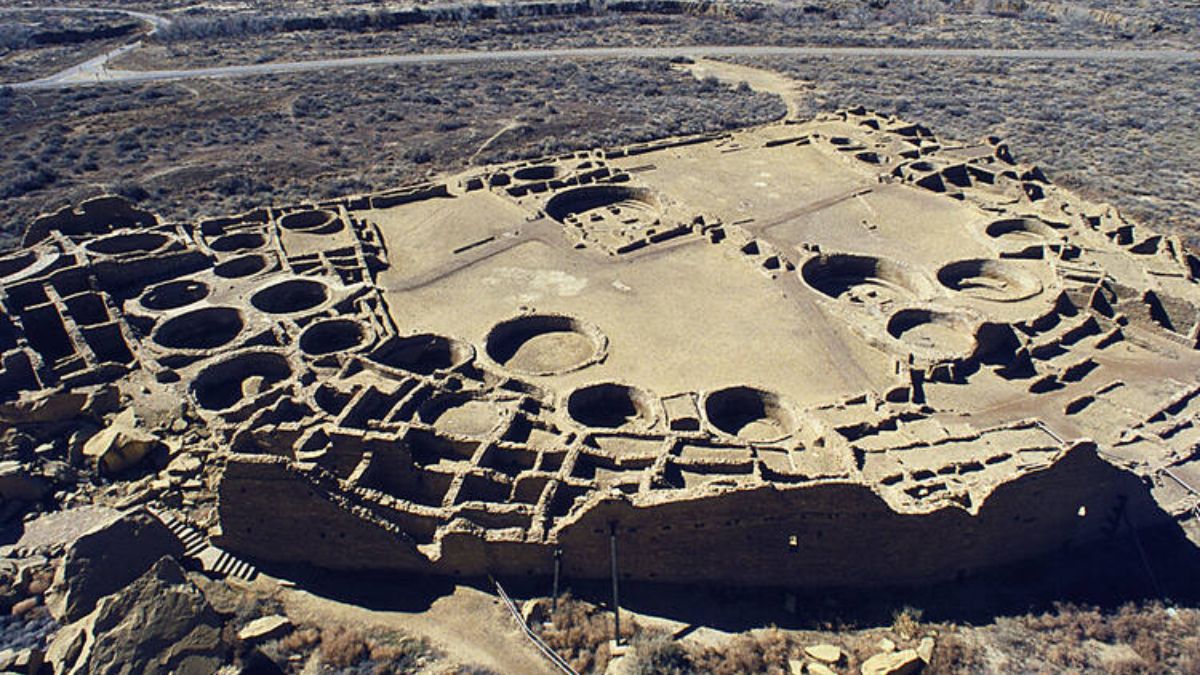
2. Cahokia Mounds, Illinois
Imagine a Native city bigger than London in 1250 CE. These mounds were the center of Mississippian culture — an advanced, complex society wiped from history books.
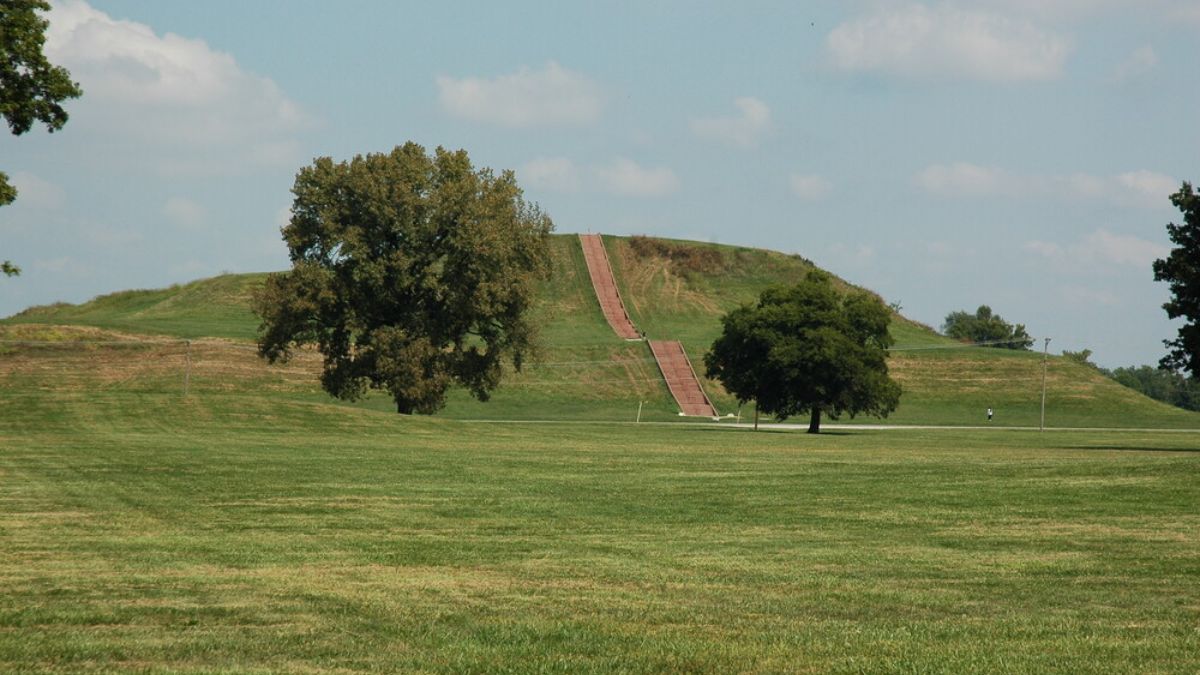
3. Papahānaumokuākea, Hawaii
A sacred marine site and one of Earth’s largest conservation areas. Home to coral reefs, endangered species, and deep spiritual significance for Native Hawaiians.

4. Hopewell Ceremonial Earthworks, Ohio
A recent addition (2023), these ancient geometric mounds align with lunar events and rival the precision of Stonehenge.
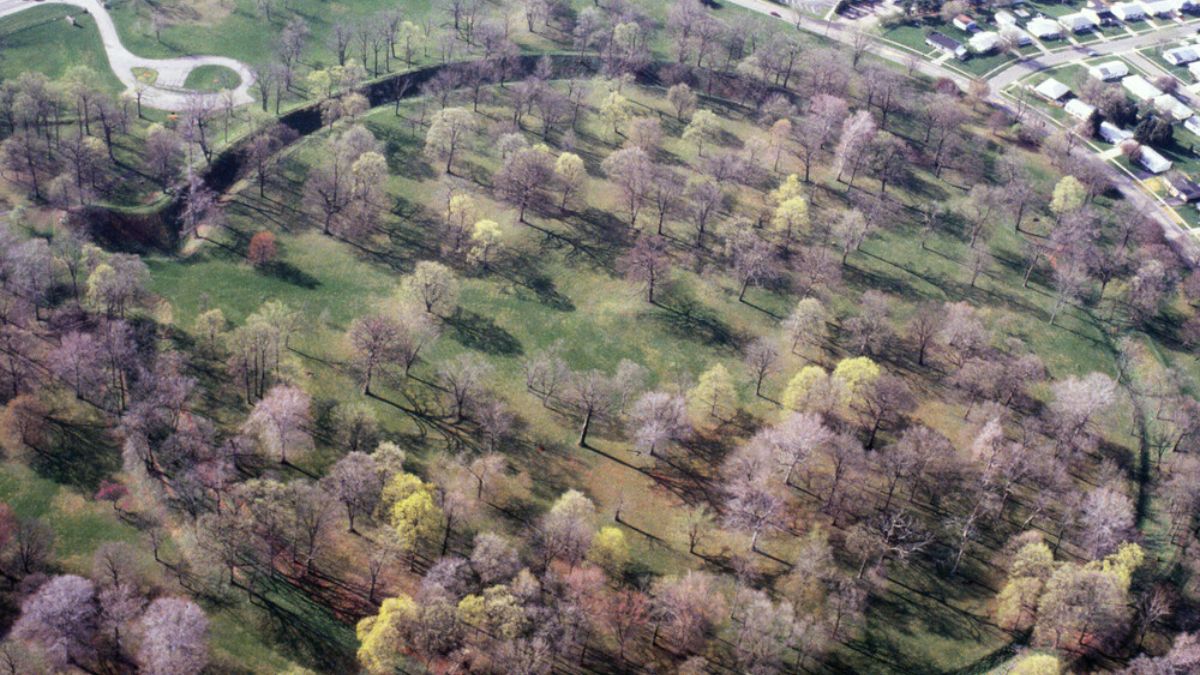
5. Taos Pueblo, New Mexico
An intact Native American community living in the same adobe structures for over 1,000 years. It’s living heritage — not just preserved ruins.
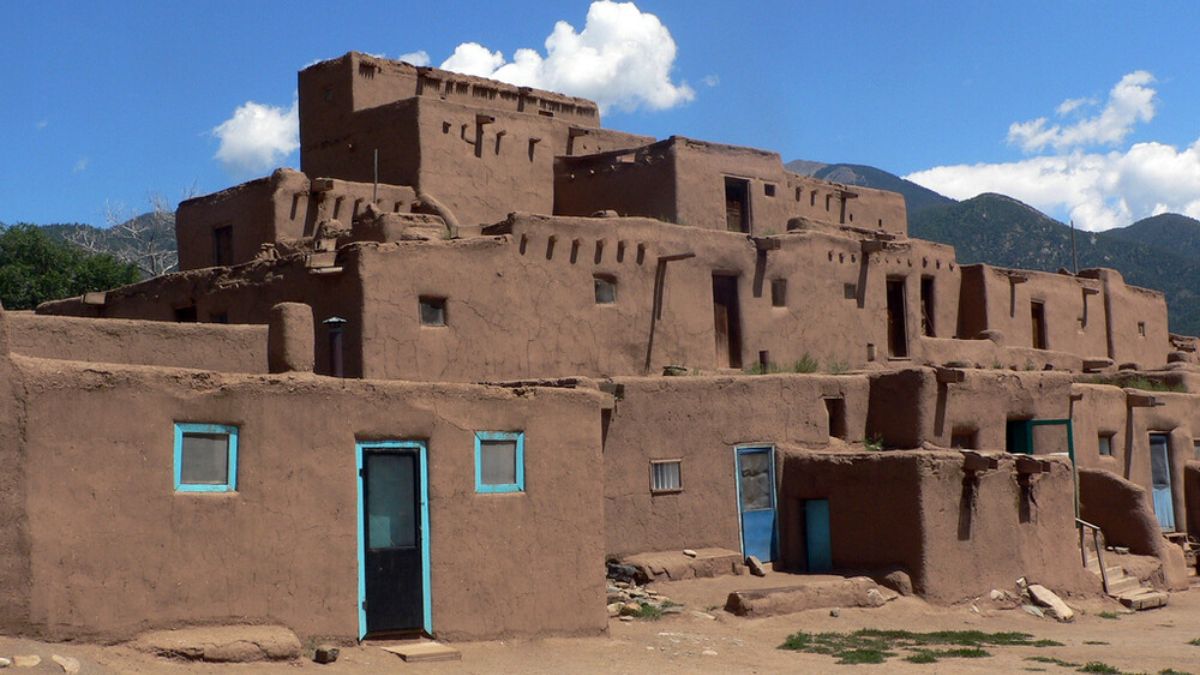
6. San Antonio Missions, Texas
Beyond the Alamo, these five frontier missions reflect the complex mixing of Spanish and Indigenous cultures during colonization.
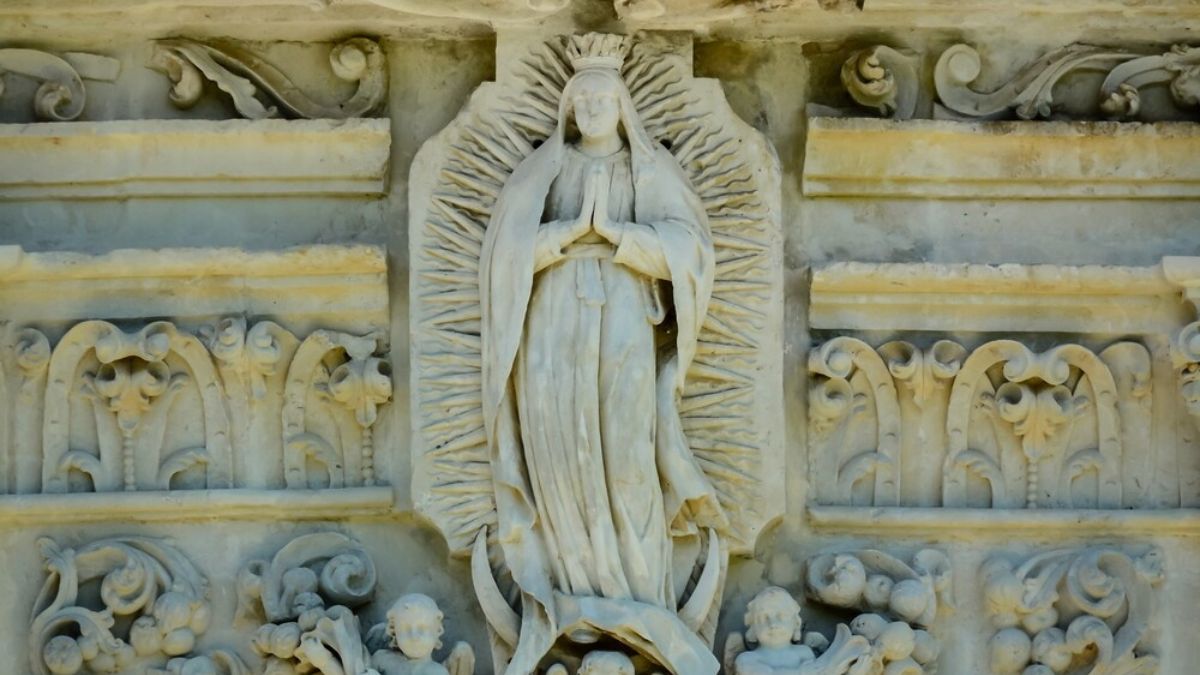
7. Monticello and University of Virginia, Virginia
Jefferson’s plantation home and Enlightenment-inspired campus design — a complicated but vital look at early American identity.
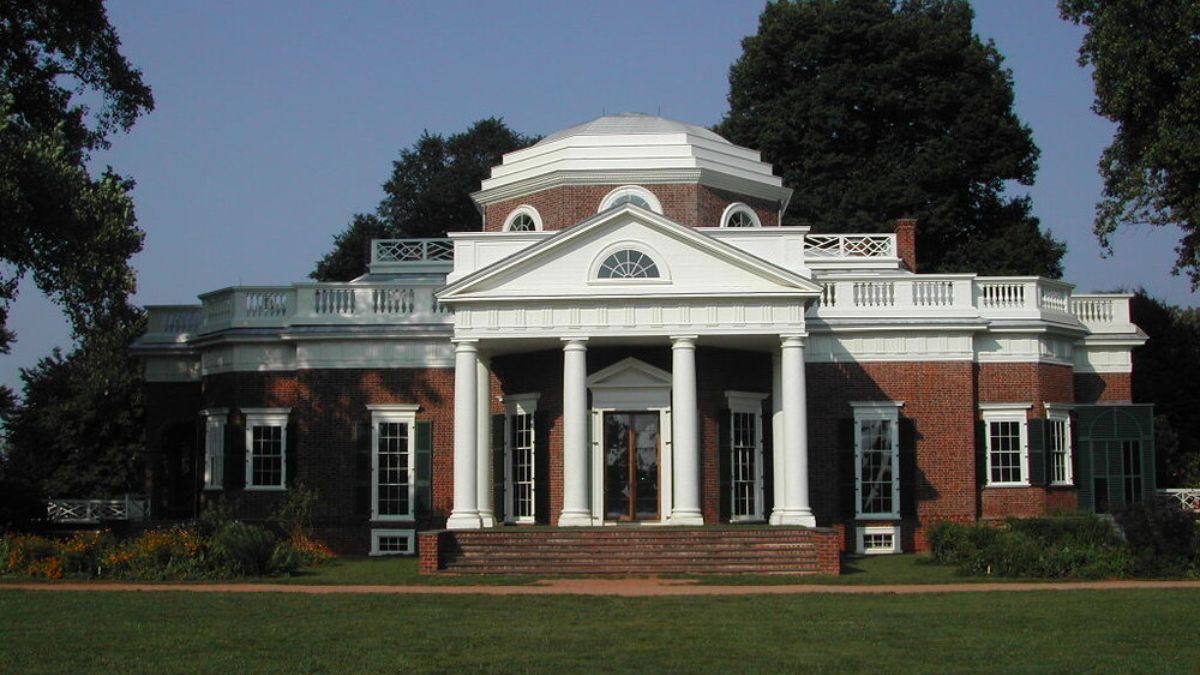
8. 20th-Century Architecture of Frank Lloyd Wright
From Fallingwater in Pennsylvania to Taliesin West in Arizona — these buildings shaped modern American design.

9. Poverty Point, Louisiana
An ancient trading network and ceremonial center built 3,500 years ago — by hand. It’s older than Rome.
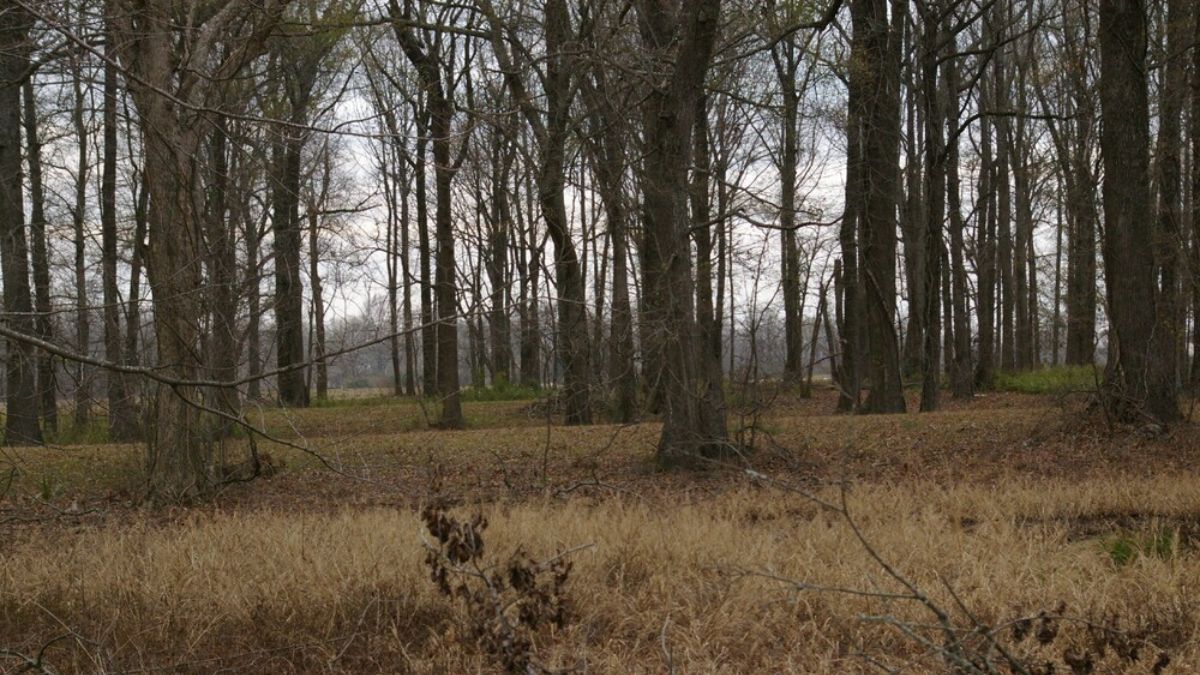
10. Mammoth Cave, Kentucky
The world’s longest cave system, with haunting beauty and deep biodiversity.
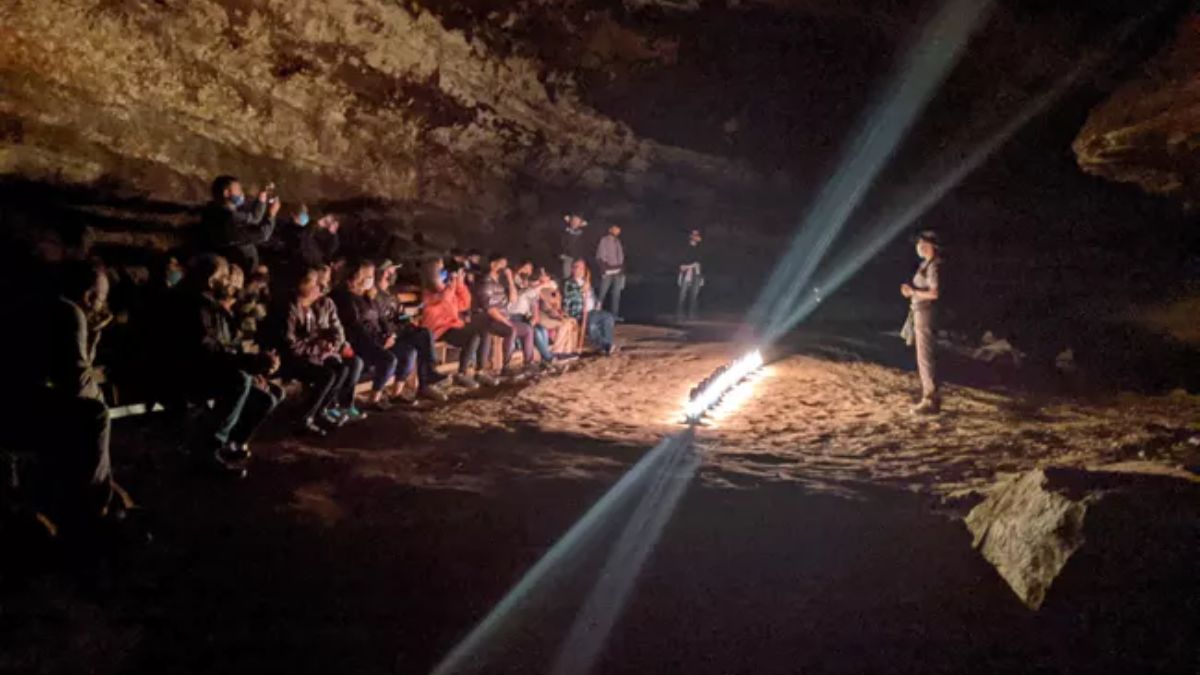
11. La Fortaleza and San Juan Historic Site, Puerto Rico
Massive colonial fortresses guarding the Caribbean for centuries — a reminder of our island territories’ layered pasts.
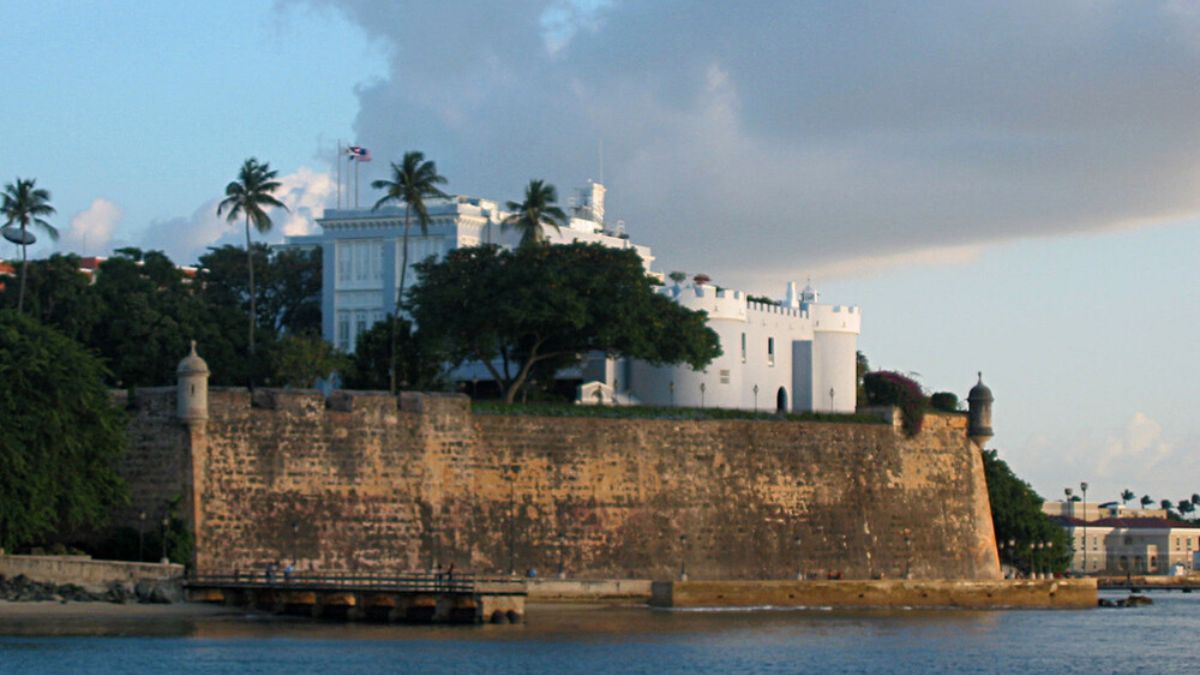
Timeline: America’s On-Off Relationship with UNESCO
| Year | Event |
| 1945 |
U.S. helps found UNESCO after WWII
|
| 1984 |
Reagan pulls U.S. out over “anti-U.S. bias”
|
| 2003 |
George W. Bush rejoins UNESCO
|
| 2011 |
U.S. halts funding after UNESCO admits Palestine
|
| 2017 |
Trump withdraws, citing anti-Israel bias
|
| 2023 |
Biden rejoins UNESCO
|
| 2025 |
Trump announces U.S. will exit again by 2026
|
Even if UNESCO status stays intact, leaving sends a signal — that the U.S. is stepping back from global cooperation on culture, science, and shared heritage. It could shift influence to other nations, reduce international tourism, and weaken support for local preservation projects.
For a generation raised on climate urgency, cultural roots, and travel with meaning, this withdrawal feels like more than just politics. It feels like walking away from our own story.






